Ketchup: From Homemade Recipes to Eco-Friendly Packaging
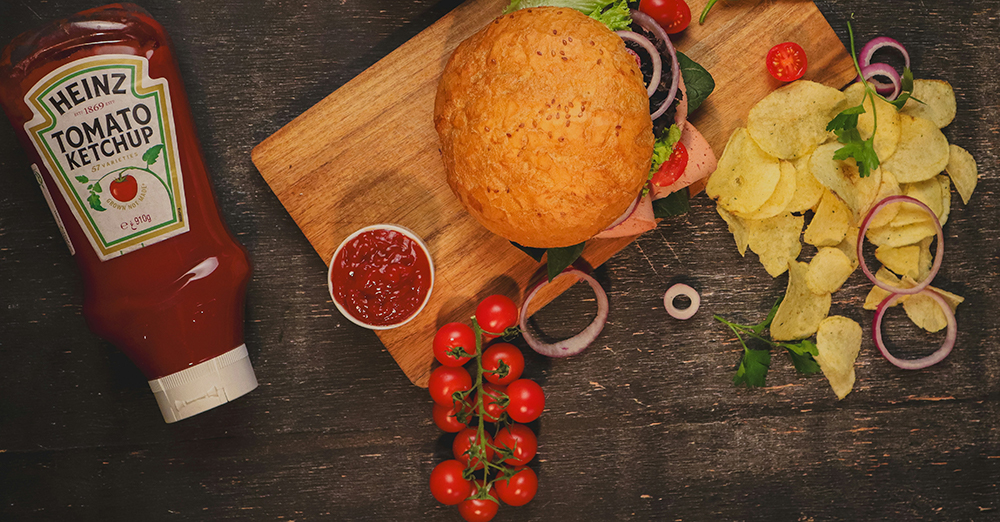
Ketchup, one of the world’s most beloved condiments, has come a long way from its humble origins. Originally derived from fermented fish sauces used in Asian cuisine over 2,000 years ago, ketchup's evolution into the tangy, tomato-based sauce we know today is a fascinating story of cultural exchange and culinary innovation.
Ketchup, as we know it, began to take shape in the 17th century when European traders encountered the fermented sauces used in China, Vietnam, and other Southeast Asian countries. The word "ketchup" itself is believed to have originated from the Chinese word "kê-tsiap," which referred to a fermented fish brine used as a seasoning. Over time, Europeans adapted the sauce to suit local tastes, experimenting with ingredients like mushrooms, walnuts, and eventually, tomatoes.
By the 19th century, ketchup had made its way to the United States, where it was further refined and commercialized. It was here, in the late 1800s, that ketchup transitioned from being a homemade specialty to a mass-produced product, making it widely accessible across the globe.
Today, ketchup is a staple in households and restaurants alike, used not just for dipping fries but as an ingredient in countless recipes. But what’s often overlooked is the role that ketchup packaging machines play in delivering this iconic sauce to your table.
How to Make Your Own Ketchup at Home: A Flavorful Experience
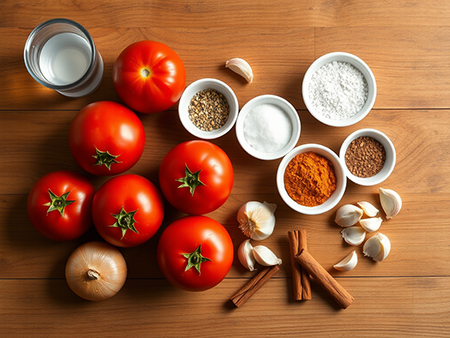
· 6 ripe tomatoes
· 1/2 cup white vinegar
· 1/4 cup sugar (you can adjust this for sweetness)
· 1 small onion, finely chopped
· 1 garlic clove, minced
· 1 teaspoon salt
· 1/2 teaspoon ground allspice
· 1/4 teaspoon cinnamon
· 1/4 teaspoon ground cloves
· 1/4 teaspoon mustard powder
· 1 tablespoon olive oil
Instructions:
1)Start by peeling the tomatoes. Cut an “X” at the bottom of each tomato and blanch them in boiling water for about 30 seconds. Once the skins loosen, transfer them to ice water, peel off the skin, and chop the tomatoes.
2)In a saucepan, sauté the chopped onion and garlic in olive oil until softened.
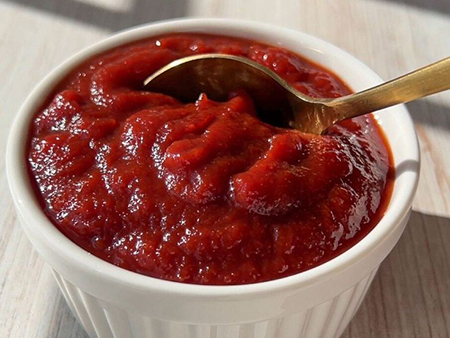
3)Add the chopped tomatoes, vinegar, sugar, and all the spices. Stir everything together and bring to a simmer.
4)Cook the mixture over medium heat for about 30–40 minutes, stirring occasionally. The ketchup will reduce and thicken.
5)Once thickened, use an immersion blender to puree the ketchup until smooth. If it's too chunky, strain it through a fine mesh sieve.
6)Taste and adjust seasoning as necessary (you can add more vinegar for tanginess or sugar for sweetness).7)Let the ketchup cool completely before transferring it to a clean jar or bottle for storage.
Innovative Ketchup Flavors: A Modern Twist on Tradition
Here are a few exciting, modern ketchup flavors you can experiment with:
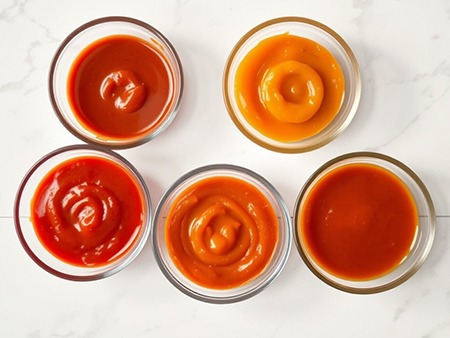
➀ Spicy Sriracha Ketchup: A blend of sriracha sauce and traditional ketchup creates a perfect balance of heat and sweetness.
➁ Smoky Chipotle Ketchup: Smoky chipotle peppers give ketchup a rich, smoky flavor with a hint of spice.
➂ Mango Ketchup: The sweetness of ripe mangoes paired with the tanginess of vinegar creates a unique and tropical ketchup flavor.
➃ Garlic Parmesan Ketchup: Add roasted garlic and parmesan cheese to your ketchup for a savory, cheesy twist.
➄ Herb-Infused Ketchup: Fresh basil, oregano, and thyme provide an aromatic depth to the ketchup, giving it a garden-fresh flavor.
These innovative flavors not only make for exciting condiments but also present new opportunities for ketchup packaging machines to offer various packaging options tailored to different tastes.
Creative Ketchup Recipes: Beyond Fries and Burgers
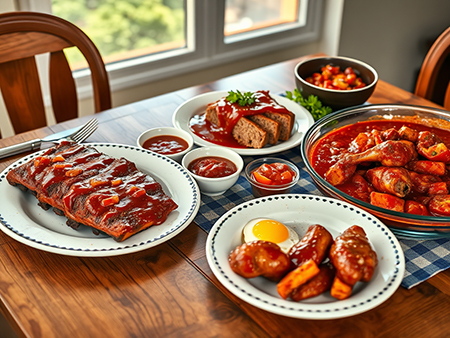
2.Ketchup Meatloaf: Spread a generous layer of ketchup on top of your meatloaf before baking for a sweet, savory crust.
3.Ketchup and Egg Scramble: Add a spoonful of ketchup to your scrambled eggs for a tangy twist.
4.Ketchup Slaw: Mix ketchup with mayonnaise, vinegar, and seasonings for a creamy, zesty slaw dressing.
5.Ketchup Marinade for Chicken: Combine ketchup with soy sauce, garlic, ginger, and honey to create a flavorful marinade for grilled chicken.
With these recipes, you can elevate everyday meals and discover new ways to enjoy your favorite condiment.
Storing Ketchup: Keeping it Fresh
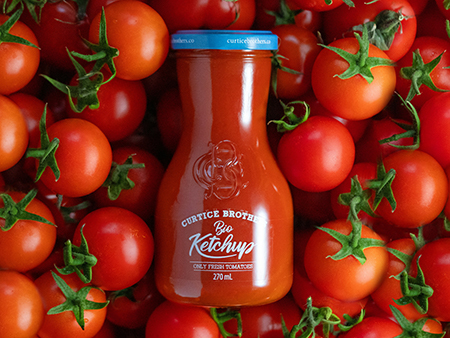
Ketchup Packaging Machines play a vital role in ensuring that store-bought ketchup remains fresh on the shelves. They are designed to package ketchup in airtight, spill-proof containers, such as squeeze bottles, glass jars, and pouches. These machines preserve the flavor and texture of the sauce while ensuring that the packaging is convenient for consumers.
The Role of Ketchup Packaging Machines in Sustainability

◊ Recyclable Materials:Modern ketchup packaging often uses materials that are fully recyclable, such as glass and certain plastic types. Packaging machines are designed to reduce material waste during production and ensure that the packaging is easy to recycle.
◊ Portion Control: By utilizing precision technology, packaging machines can accurately portion ketchup into containers, ensuring that there is minimal waste. This also reduces the environmental impact of over-packaging.
◊ Refillable Pouches: Some innovative ketchup brands are embracing refillable pouches, which are not only convenient but also help reduce plastic waste. These pouches can be refilled multiple times, offering a more sustainable alternative to single-use plastic bottles.◊ Biodegradable Packaging: In the quest for more eco-friendly options, some packaging machines now produce biodegradable packaging. This could include plant-based plastics or edible wrappers that break down naturally, reducing the environmental footprint of ketchup packaging.
By incorporating these innovative solutions, ketchup packaging machines are contributing to the sustainability movement, helping reduce the overall environmental impact of ketchup production and packaging.
The Future of Ketchup Packaging Machines
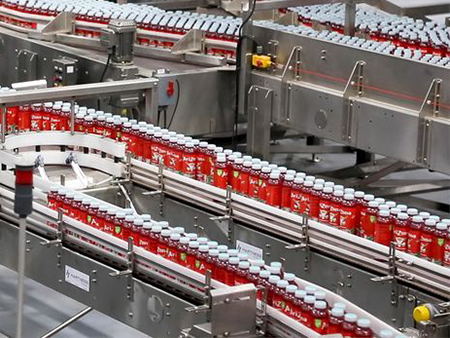
Moreover, with the growing trend toward customization, packaging machines may soon be able to accommodate small-batch, artisanal ketchup producers, allowing them to package their products with the same efficiency and precision as large-scale manufacturers.
Conclusion: From Homemade to High-Tech—The Evolution of Ketchup
Ketchup packaging machines play a critical role in ensuring that this iconic condiment reaches you in perfect condition, all while embracing sustainability and innovation. As the demand for eco-friendly packaging grows, these machines will continue to adapt, offering a cleaner, greener future for ketchup production.
